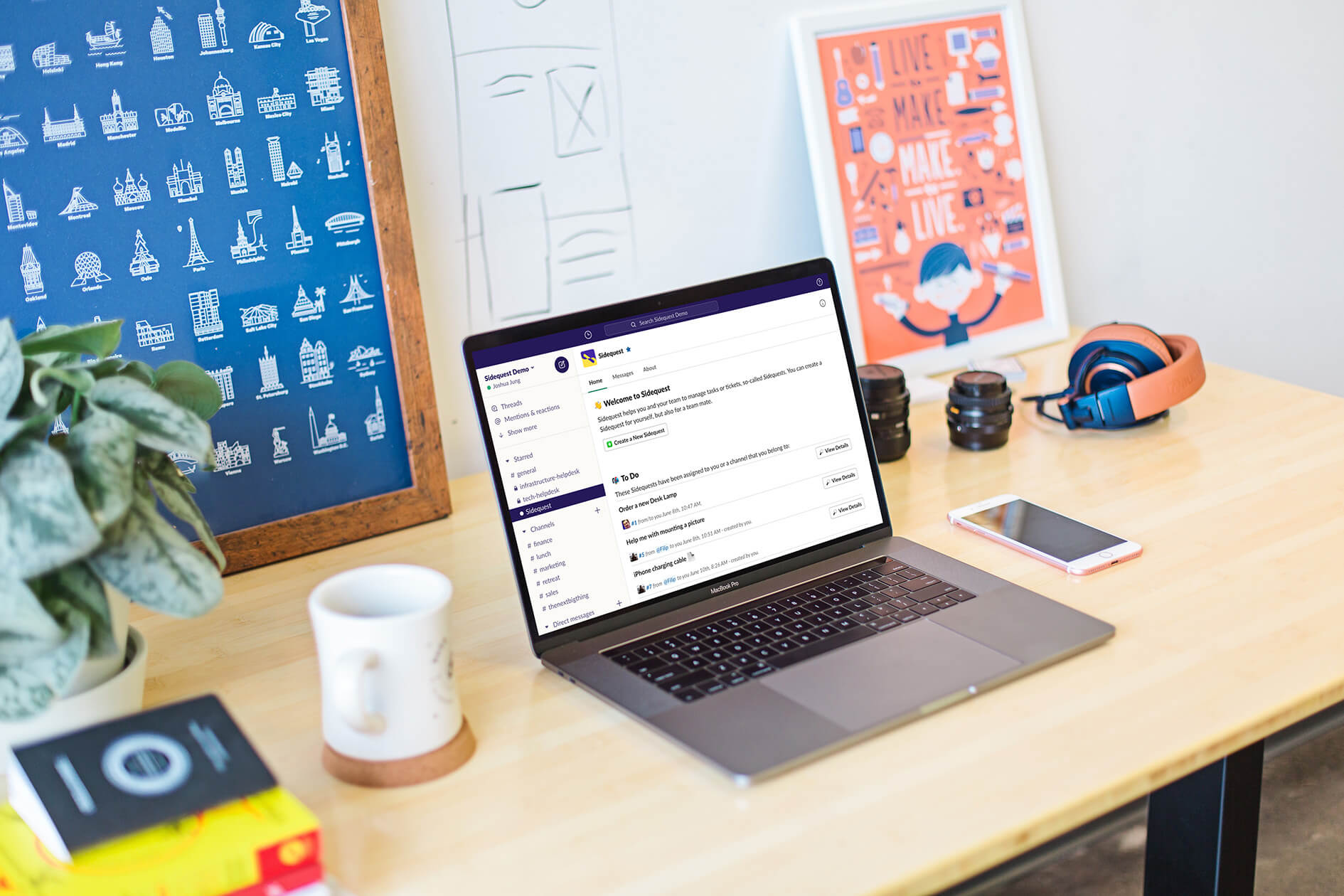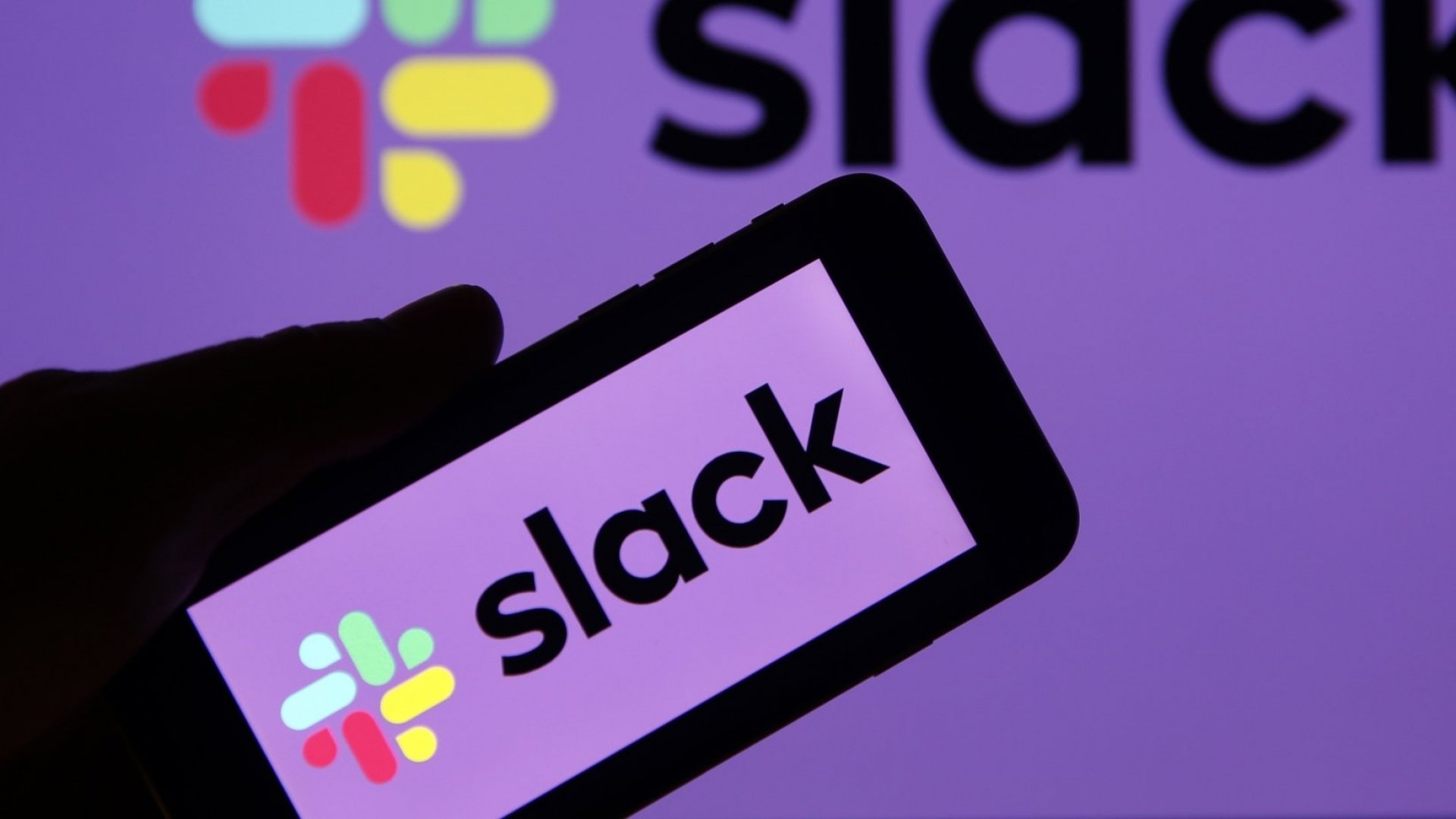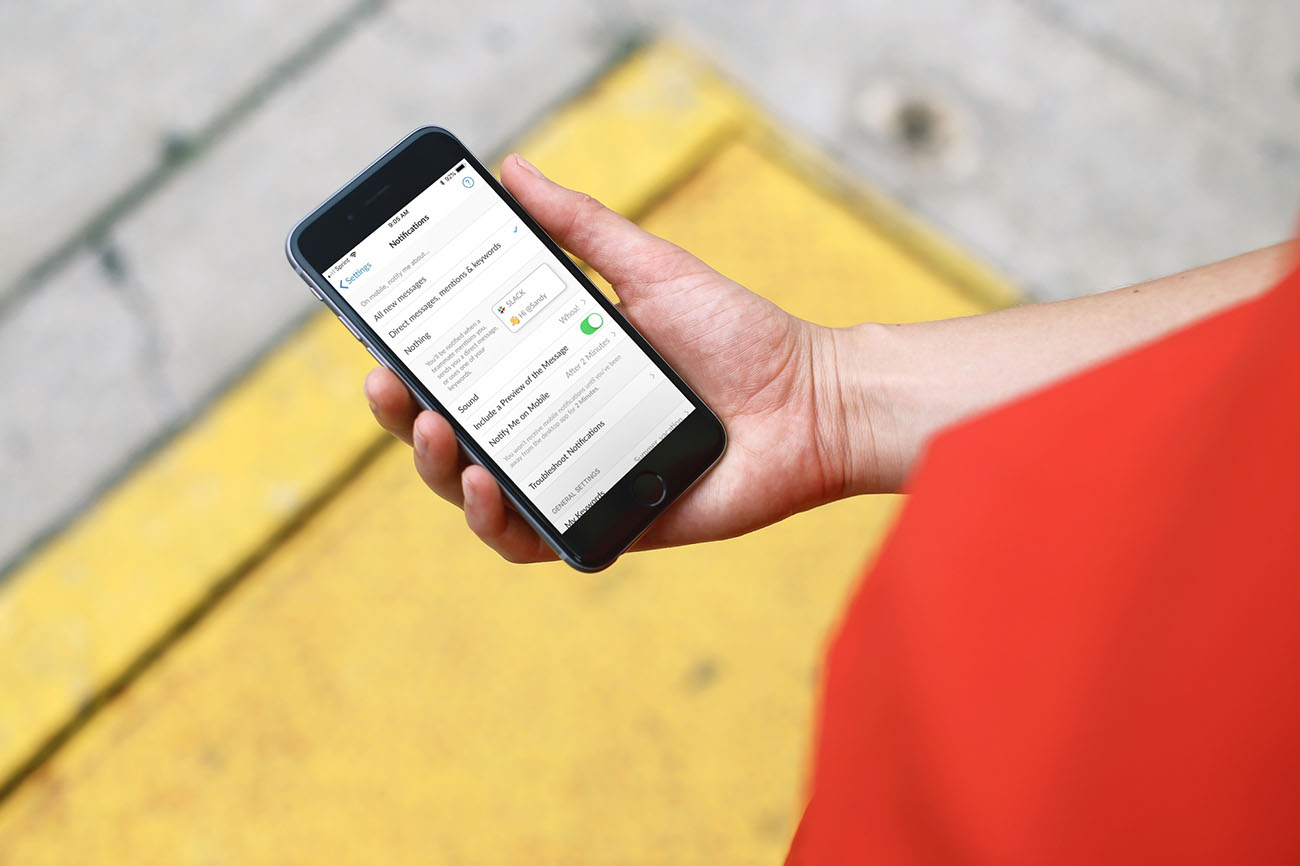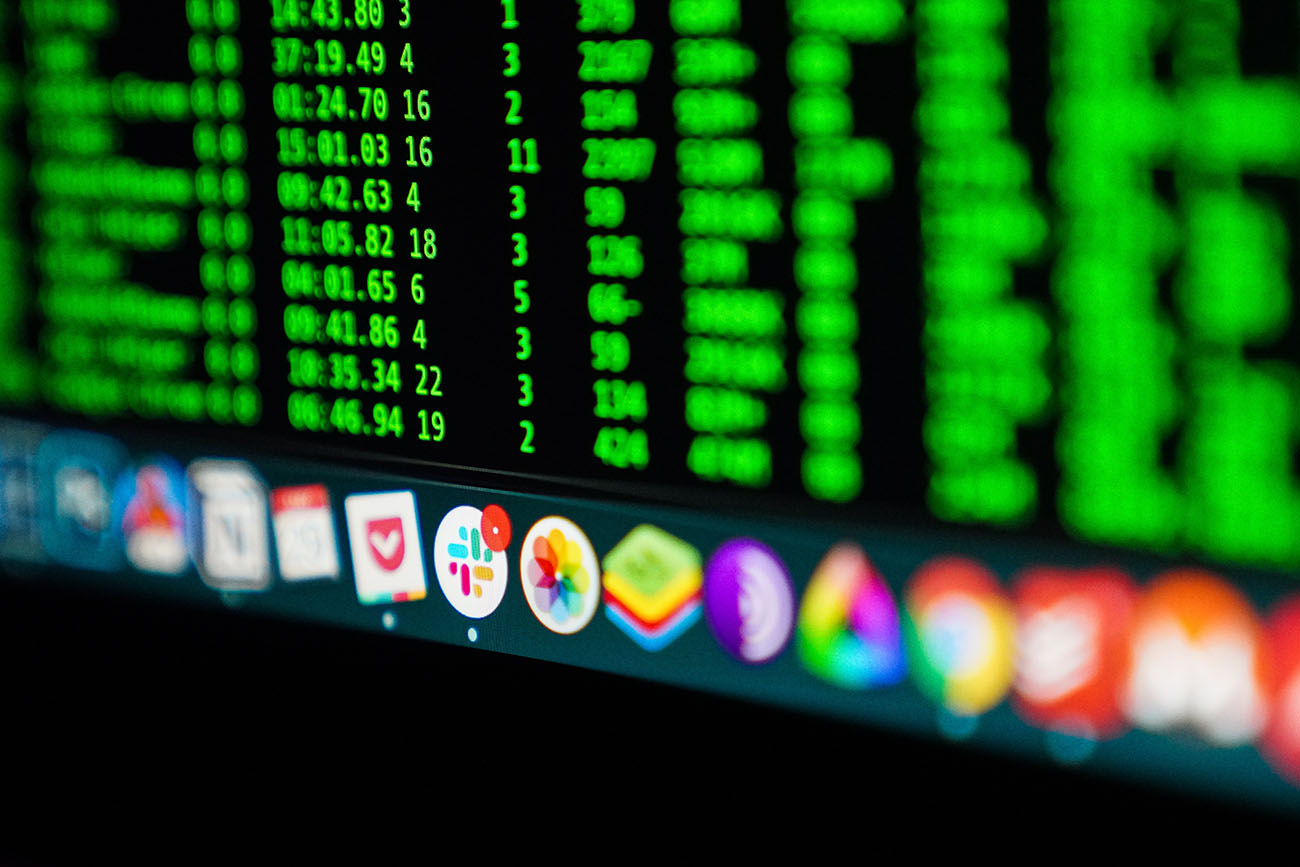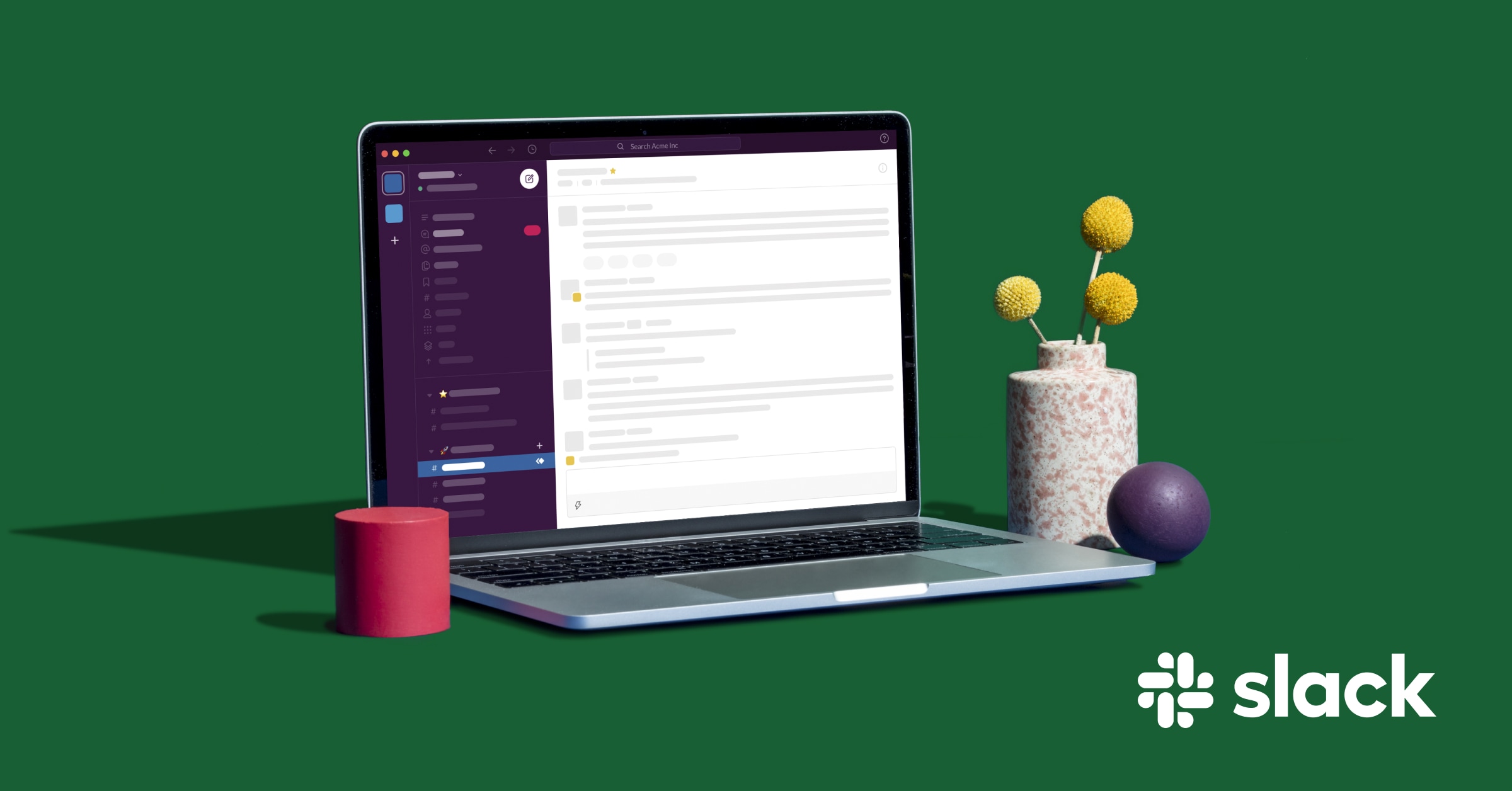Introduction
Slack has become an integral part of many businesses and teams, providing a convenient space for communication and collaboration. One of the features that Slack offers is the ability to set your status as “Away” when you’re not actively using the platform. Understanding when and how Slack sets your status to “Away” can help you effectively manage your availability and communicate with your team.
When you’re away from your computer or not actively engaging with Slack, it’s important to let your team know that you may not be available for immediate responses. Slack’s “Away” status serves as an indicator to your colleagues that you might not be actively monitoring messages or participating in discussions.
This article explores when Slack automatically sets your status to “Away” based on inactivity, how it determines if you’re active or away, and provides insights on how to manually set your status on Slack. Additionally, we’ll discuss how you can customize your “Away” settings and whether it’s possible to prevent Slack from automatically setting your status to “Away.”
Understanding these aspects of Slack’s “Away” status feature will help you optimize your communication and ensure that you’re effectively managing your availability within your team or organization. So let’s dive in and explore the intricacies of Slack’s “Away” status.
What does Slack’s “Away” status mean?
Slack’s “Away” status indicates that you are not actively using the platform or may be away from your computer. It serves as a visual cue to your team members that you might not be immediately available for conversations or responding to messages.
When your Slack status is set to “Away,” it lets others know that you might not be actively monitoring the channels or participating in discussions. This can be especially useful in remote work scenarios, where team members are spread across different time zones and might not be available at the same time.
However, it’s important to note that being in the “Away” status doesn’t mean that you’re completely unavailable or unreachable. It simply indicates that you might not respond as quickly as you would when you’re actively using Slack.
By default, Slack automatically sets your status to “Away” after a certain period of inactivity. This helps prevent your status from indicating that you’re available when you’re not actively engaging with Slack. Understanding how Slack determines when to set you to “Away” is essential for managing your availability effectively.
Now that we have a clear understanding of what Slack’s “Away” status means, let’s explore how Slack determines when to set you to this status based on your activity levels.
When does Slack automatically set you to “Away”?
Slack automatically sets you to “Away” when it detects a period of inactivity. The length of time required for Slack to consider you inactive may vary based on your team or organization’s settings. By default, Slack sets you to “Away” after 30 minutes of inactivity.
Inactivity refers to the absence of any keyboard or mouse activity on your computer or device. Slack monitors your interaction with the platform to determine whether you’re actively using it or not. If no activity is detected within the specified timeframe, your status changes to “Away.”
It’s important to note that even if you’re not actively typing or responding in Slack, the platform may still register your presence if you have it open in the background. Therefore, it’s not just the absence of activity within the app itself that triggers the “Away” status, but also the lack of overall engagement with your computer.
If you find that the default inactivity period doesn’t align with your work habits or availability, you can customize this setting. Slack allows workspace admins or owners to adjust the inactivity time threshold for setting users to “Away.” This feature provides flexibility and enables teams to align the status settings with their specific needs and work culture.
Understanding when Slack automatically sets you to “Away” can help you plan and manage your availability effectively. It ensures that your team members have an accurate understanding of your availability and can adjust their expectations accordingly. With this knowledge, let’s move on to how Slack determines your activity levels and the factors it considers.
How does Slack determine if you’re active or away?
Slack uses various indicators to determine if you’re active or away from the platform. These indicators help the system accurately reflect your availability and provide useful information to your team members.
One of the primary indicators Slack uses to determine activity is keyboard or mouse input. If there is no keyboard or mouse activity detected on your computer for a specific period of time, Slack interprets it as inactivity and sets your status to “Away.”
Additionally, Slack takes into account the overall engagement with the platform. It considers factors such as opening the Slack app or switching to other applications. If you’re not actively engaging with Slack or have it running in the background without any recent interactions, it determines that you may be away and sets your status accordingly.
Slack’s activity detection is designed to strike a balance between accurately reflecting your availability and minimizing false positives. It ensures that you’re not constantly shown as “Away” when you’re briefly inactive, such as during a coffee break or while attending a meeting.
It’s worth noting that Slack’s activity detection relies on the communication between your device and the Slack servers. Temporary network issues or delays in connection may affect the accuracy of determining your activity status. Therefore, occasional discrepancies or delays in updating your status are possible.
By understanding how Slack determines if you’re active or away, you can better manage your availability and utilize the status feature to effectively communicate with your team. In the next section, we’ll explore the different methods to manually set your status on Slack.
What are the different methods to manually set your status on Slack?
Slack provides several methods for users to manually set their status, giving you control over how you want to communicate your availability to your team. These methods allow you to customize your status based on your specific circumstances at any given moment.
The most straightforward method to manually set your status on Slack is by clicking on your profile picture or avatar in the top-right corner of the Slack interface. This action opens a dropdown menu where you can choose from various status options, such as setting yourself as “Away,” “Do Not Disturb,” or “Active.”
Alternatively, you can use keyboard shortcuts to quickly access the status menu. For example, pressing “Ctrl + Shift + Y” on Windows or “Command + Shift + Y” on Mac opens the status menu, allowing you to select your desired status option without using the mouse.
Slack also provides the option to customize your status with a specific message. This feature allows you to communicate additional details about your availability or project status. By selecting “Edit Status” from the status menu or using the keyboard shortcut “Ctrl + Shift + E” on Windows or “Command + Shift + E” on Mac, you can enter a personalized message that will be displayed alongside your status. This customization can add context and clarity to your status, ensuring your team members have a better understanding of your availability.
Furthermore, Slack offers the ability to schedule a status in advance. If you know that you’ll be away from Slack at a specific time or on a particular day, you can schedule a status change. To do this, open the status menu, click on “Set a Schedule,” and specify the start and end times for your desired status. Slack will automatically adjust your status according to the schedule you set, saving you the trouble of manually updating it.
By utilizing these different methods to manually set your status on Slack, you can effectively communicate your availability and make your team aware of your current work context. In the next section, we’ll explore how you can customize your “Away” settings to align with your work preferences.
How to customize your Slack “Away” settings?
Customizing your “Away” settings on Slack allows you to tailor the platform’s behavior to better align with your work preferences and communication needs. Whether you want to adjust the duration of inactivity before being set to “Away” or fine-tune other related settings, Slack provides options to cater to your specific requirements.
If you have the necessary permissions as a workspace admin or owner, you can modify the default inactivity period that triggers the “Away” status. By going to the workspace settings, you can navigate to the “Preferences” tab and find the “Workspace-wide default” section. Here, you can set a custom duration for determining inactivity and when Slack sets users to “Away.”
Customizing your “Away” settings also extends to enabling or disabling specific behaviors related to the status. For example, you can choose to display your “Away” status to other members or hide it altogether. This level of customization empowers you to control how your availability is presented within the Slack environment.
Additionally, Slack allows you to fine-tune the notifications you receive when in “Away” status. You can choose to continue receiving notifications despite being marked as “Away,” or you can opt to mute notifications during this time, reducing distractions when you’re not actively using Slack.
Furthermore, Slack provides the option to customize the appearance of your “Away” status indicator by selecting an emoji or a custom status icon. This allows you to add a personal touch and make your status visually distinctive from other users.
By customizing your Slack “Away” settings, you can tailor the platform to better suit your workstyle and communicate your availability effectively to your team members. This flexibility empowers you to strike a balance between being accessible and maintaining uninterrupted periods of focus when needed.
Now that we’ve explored how to customize your “Away” settings, let’s discuss whether it’s possible to prevent Slack from automatically setting your status to “Away.”
Can you prevent Slack from setting you to “Away” automatically?
At present, Slack does not provide a direct option to entirely prevent it from automatically setting your status to “Away” based on inactivity. The automatic “Away” status feature is built into the platform to ensure accurate communication of availability within teams.
However, there are some workarounds you can employ to minimize the frequency of being set to “Away” or manage your availability more effectively. One option is to adjust the default inactivity period in your workspace settings, as mentioned earlier. By increasing the duration required before Slack considers you inactive, you can prolong the time it takes for your status to be automatically set to “Away.”
Another approach is to periodically stimulate activity within Slack, even when you’re not actively engaging with it. Simply clicking or scrolling through channels, opening conversations, or reacting to messages can help ensure that Slack registers your presence and doesn’t prompt an automatic status change.
Additionally, if you’re aware that you will be away from Slack for an extended period, such as during lunch breaks or scheduled meetings, you can proactively use the manual status settings to indicate your availability. By setting your status as “Do Not Disturb” or using a custom status message to provide context, you can inform your team members of your unavailability without relying solely on the automatic “Away” status.
It is important to note that while these workarounds can help manage your availability, they may not completely prevent Slack from setting you to “Away” automatically. Slack’s intention with the automatic status feature is to provide accurate information to team members regarding availability and responsiveness.
By understanding the nuances of Slack’s automatic “Away” status and leveraging the available options for customization, you can optimize your communication within Slack and ensure effective collaboration with your team.
Now, let’s conclude our exploration and summarize the key points we’ve covered throughout this article.
Conclusion
Slack’s “Away” status feature plays a crucial role in effectively managing communication and availability within teams. By understanding when Slack automatically sets you to “Away” and how it determines your activity levels, you can ensure that your team members have accurate expectations of your responsiveness.
Slack provides various methods to manually set your status, including options to customize it with a specific message or schedule status changes in advance. These features allow you to communicate your availability and work context effectively.
Customizing your Slack “Away” settings enables you to align the platform with your work preferences. You can adjust the inactivity period, choose whether to display your “Away” status to others, and control the notifications you receive while in “Away” status. These customizations empower you to strike a balance between being accessible and focusing on uninterrupted work.
While it is not possible to entirely prevent Slack from automatically setting you to “Away,” you can employ workarounds such as stimulating activity or proactively setting your status to manage your availability more effectively.
By harnessing the power of Slack’s “Away” status feature and its customization options, you can optimize collaboration, minimize interruptions, and ensure effective communication within your team or organization.
So, whether you’re actively engaging with Slack or taking a well-deserved break, understanding and managing your status on the platform will help create a more efficient and productive work environment.







